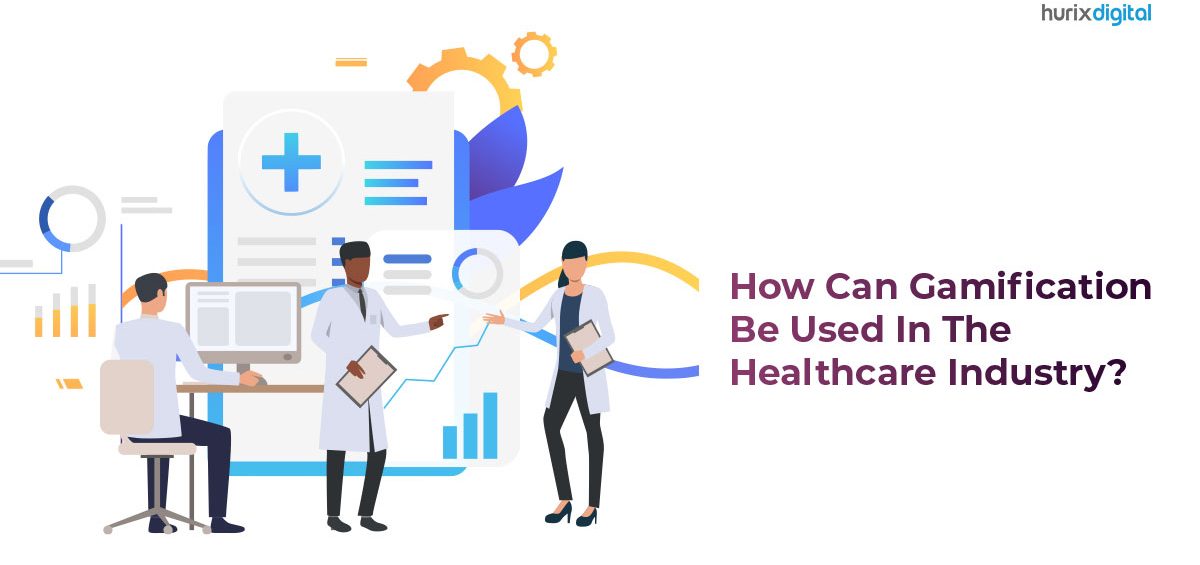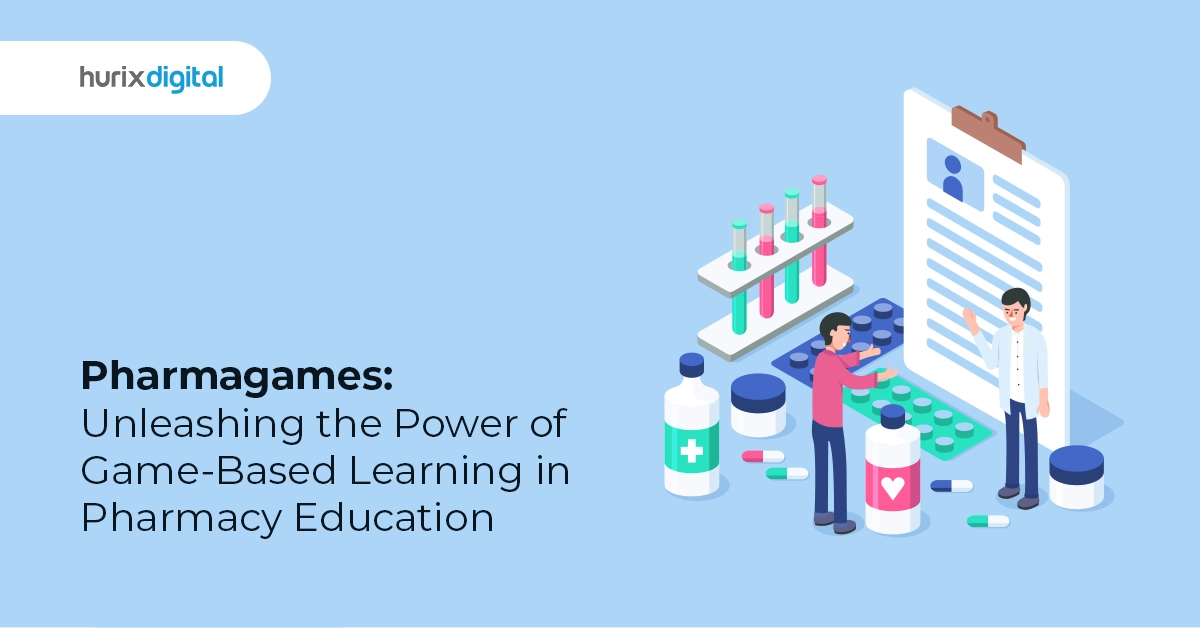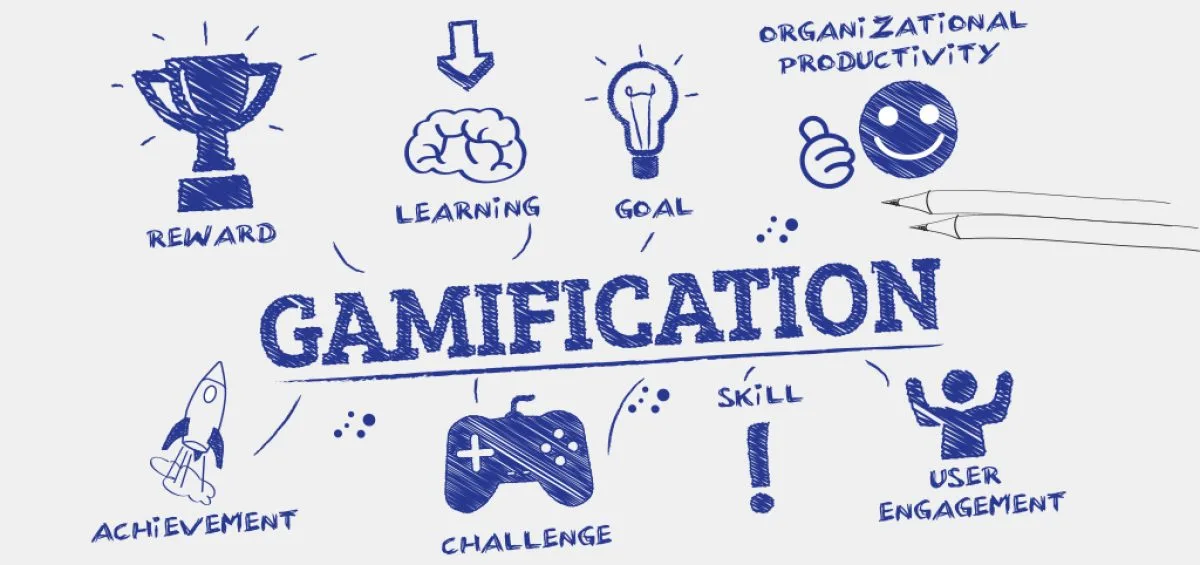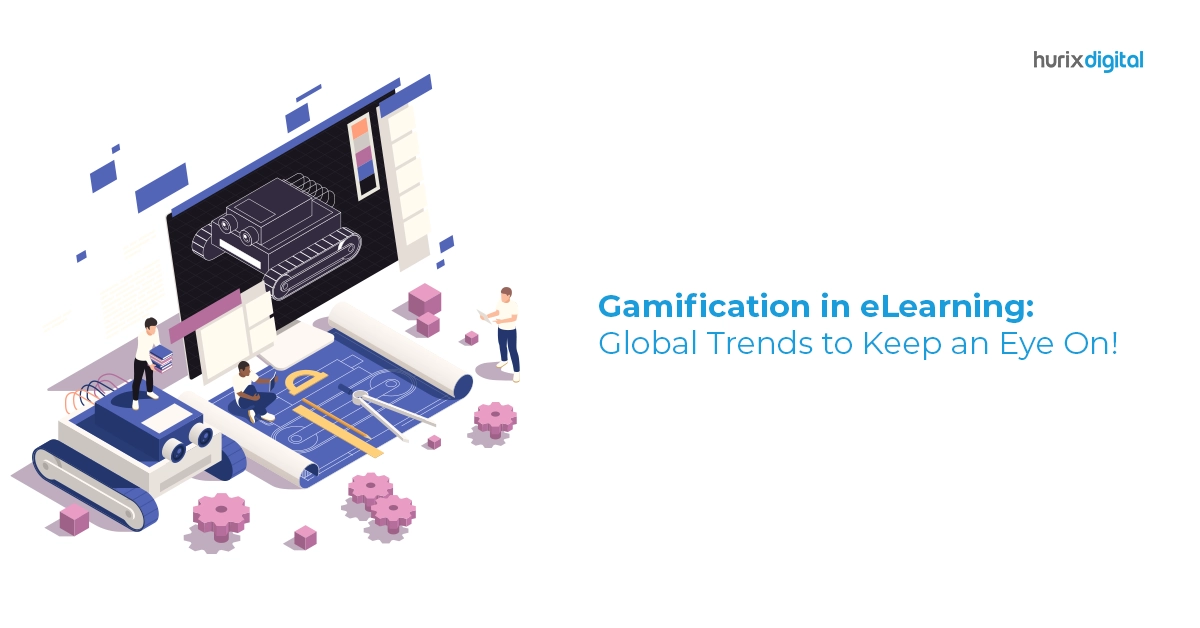The last few years have seen the concept of gamification gaining a lot of traction across industries. It is an engaging and innovative way to keep users engaged with brands, personalize the offerings, and collect insightful data in the process.
The healthcare industry, in particular, has recognized the importance of using gamification or game elements such as rewards, points, leaderboards, badges, and more to engage and encourage patients and be more involved in their health regimens.
Expected to exceed approximately $47,281.5 million by 2026 with a CAGR of 11.9%, the exponential growth in the healthcare gamification market is primarily attributed to high demand and technology adoption across the board.
In this post, we focus on gamification in healthcare, along with the top 8 ways you can use the concept of gamification in the healthcare industry.
Table of Contents:
- What is Gamification in Healthcare?
- Top 8 Ways To Use Gamification In Healthcare Industry
1. Better Treatment Outcomes
2. Ease Of Appointment Scheduling
3. Enhanced Surgical Precision
4. Reduce Patient Wait Times
5. Improved Physical Therapy
6. Empowering Customers
7. Engaging Physicians
8. Better User Insights - To Conclude
What Is Gamification In Healthcare?
Gamification refers to the implementation of various game principles, elements, and techniques into non-game activities. Using gamification in healthcare apps enables better patient participation and interaction, making different health processes more exciting and engaging.
Some examples of gamification elements integrated into healthcare apps include the following:
- Levels and challenges
- Progress bars
- Simulation gaming
- Leaderboards
- Ratings
- Rewards and badges
In healthcare, gamification is primarily used to improve clinical outcomes of various diseases by encouraging or reinforcing healthy habits in patients. Apart from this, gamification helps in various other aspects, such as disease prevention and following up with medical advice.
Overall, the key objective of incorporating gamification in healthcare is to personalize the patient’s healthcare journey, thereby improving patient engagement in the long run.
Some of the examples or use cases of gamification in healthcare are:
- Engaging patients suffering from diseases such as Alzheimer’s to perform specific tasks and improve dexterity.
- Sharing patient progress in fitness with other users
- Encouraging patients or users to perform specific exercises to treat ailments such as mobility impairments
- Using graphs, bars, and charts to help users track their progress in developing healthy habits.
- Completing specific milestones creates a sense of competition and a feeling of achievement among the patients/users.
Top 8 Ways To Use Gamification In Healthcare Industry
Wondering how can you use gamification in healthcare effectively?
Read on to know more:
1. Better Treatment Outcomes
Gamification or gamified apps can be used for data collection (medication patients take, the food they consume, etc.) to give doctors and other medical practitioners more information to work with. This, in turn, helps in the overall effectiveness of the treatments they prescribe to their patients.
Apart from this, various healthcare apps can also use gamification elements such as virtual points, rewards, or badges that patients can collect by completing specific tasks. This leads to improved healthcare outcomes and better customer retention in the long run.
2. Ease Of Appointment Scheduling
When managing patient engagement in healthcare, one important aspect is ensuring that patients or users are given a smooth and hassle-free experience in scheduling their appointments with doctors and other medical practitioners.
Gamification-based digitized health apps can be instrumental here as they use gaming techniques to help patients automatically schedule their appointments with doctors based on their specific symptoms or location.
Further, gamification strategies can also help engage patients even before they arrive at a hospital or healthcare center to lower their anxiety about possible health outcomes.
3. Enhanced Surgical Precision
Gamification in healthcare can also contribute to enhanced accuracy and improved precision in various surgical procedures.
A recent study also suggests that engaging in video games or other similar gamified elements allows healthcare professionals better to manage the movements of their surgical or laparoscopic devices.
4. Reduce Patient Wait Times
Another advantage of gamification in healthcare is reduced patient wait times. Healthcare practitioners can use various game elements to encourage good patient behavior and improve their chances of seeing them on time.
This ensures that patients who use a game (points, badges, simulation gaming, leaderboards, etc.) to make an appointment with a doctor have to wait for less compared to those who don’t.
5. Improved Physical Therapy
When it comes to dealing with cardiovascular diseases effectively, exercising is one of the ideal ways to combat the associated risks, especially for wheelchair patients/users.
Gamification apps such as the MedBridge Go interface are an excellent way of using game techniques in healthcare. These elements can help send patients automated reminders so they work on their exercises on time and use in-app messaging to reach their physical therapists easily.
6. Empowering Customers
Several digital tools available today in the healthcare industry use gamification techniques to encourage healthy behavior. Among these include tools to enable users to customize their treatment plans, adhere to discharge summaries, and more.
When patients feel more in control of the process, they become more motivated and are more likely to stick to their respective health goals. Apart from this, gamified healthcare apps with badges, points, and incentives give patients additional motivation and encouragement to follow and complete their health goals.
7. Engaging Physicians
Multiple technologies are used today in healthcare, such as patient population management tools that help plug directly into the electronic health record or EHR. These digital technologies are phenomenally changing how healthcare organizations function and track patient care management.
Adding gamification techniques and designs to these existing tools could further help significantly boost physician engagement in technology.
This, in turn, can be used to track patients more efficiently to keep them healthy and predict who is at greater risk with higher accuracy.
8. Better User Insights
The data that the patients and other users feed into the health apps can help healthcare providers and other stakeholders gain better insights into the data and consumer feedback.
This data can be instrumental in identifying specific customer needs, current healthcare trends, and other areas of improvement.
To Conclude
Today’s healthcare system is going through a paradigm shift with an increased focus on patient-centered care and empowerment.
Gamification in healthcare is primarily utilized towards this goal in various health and wellness applications dealing with aspects such as self-management, medication adherence, disease prevention, and telehealth programs.
To help you navigate this better, we have shared some of the most effective ways gamification can be used in the healthcare industry for better patient outcomes and other significant benefits.
If you also wish to leverage the benefits of game-based learning in healthcare, HurixDigital’s game-based learning solutions offer an apt solution for all your needs. Our solutions are easily customizable to your unique requirements and your specific healthcare challenges.
Also Read – Benefits of Gamification in Healthcare: Engaging Patients and Improving Outcomes











